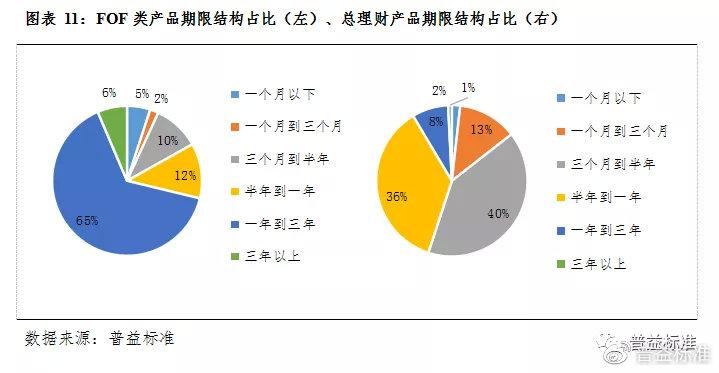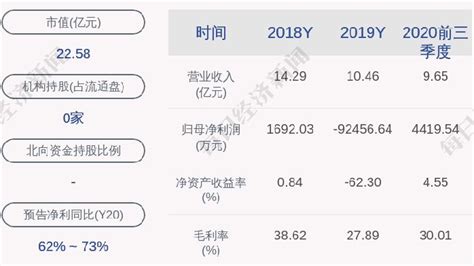Title: Understanding the Franklin Prosperity Chart for Financial Management
Introduction to the Franklin Prosperity Chart
The Franklin Prosperity Chart, named after the renowned American polymath Benjamin Franklin, serves as a visual aid for financial management, reflecting Franklin's principles of frugality, industry, and prudence. This chart is designed to help individuals track their income, expenses, and savings over time, guiding them towards financial stability and prosperity.
Components of the Franklin Prosperity Chart
1.
Income Section
: This section encompasses all sources of income, including salaries, bonuses, investments, and any other monetary inflows. It's essential to record income accurately to understand your total earnings.2.
Expense Section
: Here, individuals list all their expenditures, ranging from essential costs like rent, utilities, and groceries to discretionary spending such as entertainment, dining out, and luxury items. Tracking expenses diligently is crucial for budgeting effectively.3.
Savings Section
: The savings component highlights the portion of income that individuals allocate towards saving and investing for future goals, emergencies, and retirement. It emphasizes the importance of prioritizing saving over excessive spending.4.
Debt Section
: This section addresses any outstanding debts, including loans, credit card balances, and mortgages. It prompts individuals to monitor and gradually reduce their debt burden, thereby improving their financial health.5.
Net Worth Calculation
: By subtracting total liabilities (debts) from total assets (savings, investments, property), individuals can ascertain their net worth. Monitoring net worth over time provides insights into overall financial progress.Guidelines for Utilizing the Franklin Prosperity Chart
1.
Regular Updates
: Consistently update the chart with accurate financial data, preferably on a monthly basis, to maintain clarity and relevance.2.
Honesty and Transparency
: Be honest while recording income, expenses, and debts. Transparency is key to understanding one's financial situation accurately.3.
Setting Realistic Goals
: Establish achievable financial goals based on personal aspirations, such as buying a home, saving for education, or retiring comfortably. The chart helps in visualizing progress towards these objectives.4.
Budget Allocation
: Allocate funds wisely by prioritizing essential expenses, followed by savings and debt repayment. Limit discretionary spending to avoid financial strain and ensure adequate savings for the future.5.
Tracking Progress
: Regularly review the chart to assess financial progress, identify areas for improvement, and celebrate milestones achieved. Adjustments may be necessary based on changing circumstances or goals.6.
Seeking Professional Advice
: Consult financial advisors or experts for personalized guidance and strategies tailored to individual circumstances, especially for complex financial matters like investments or retirement planning.Conclusion
The Franklin Prosperity Chart serves as a valuable tool for individuals seeking to manage their finances effectively and achieve longterm prosperity. By diligently tracking income, expenses, savings, and debts, individuals can gain clarity, make informed decisions, and progress towards their financial goals with confidence. Embracing the principles of frugality, industry, and prudence espoused by Benjamin Franklin, individuals can pave the way towards financial stability and success.











